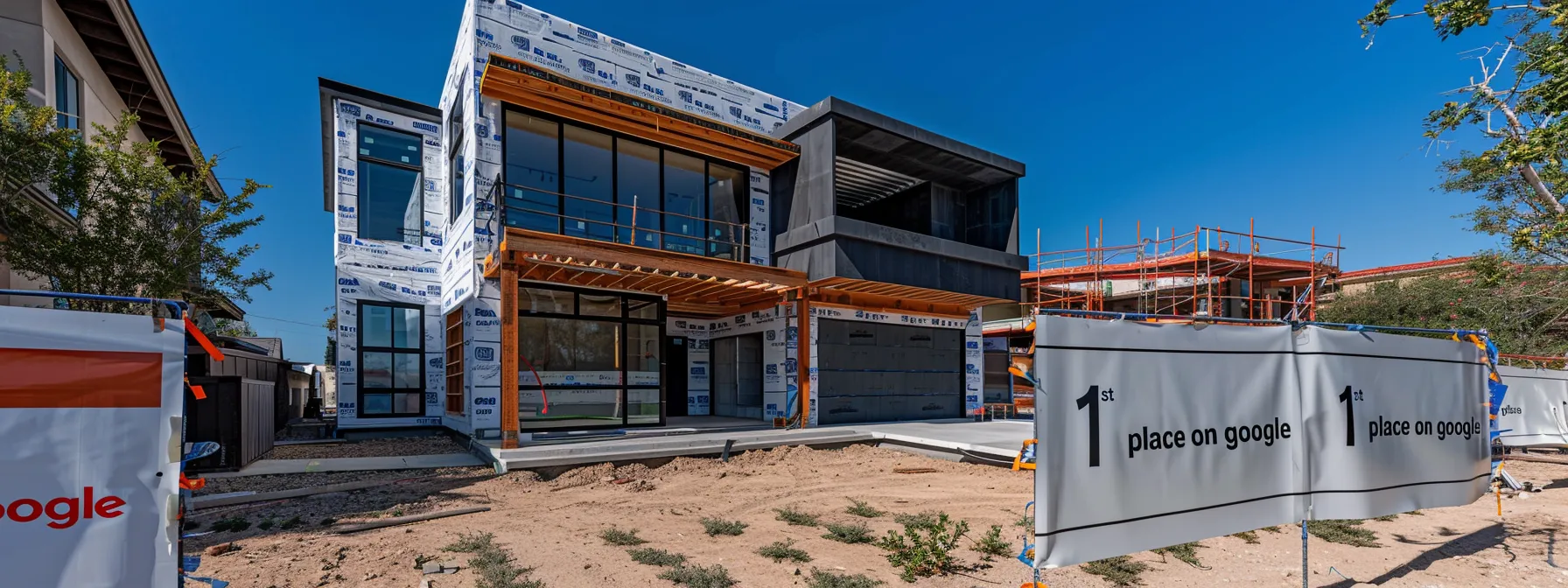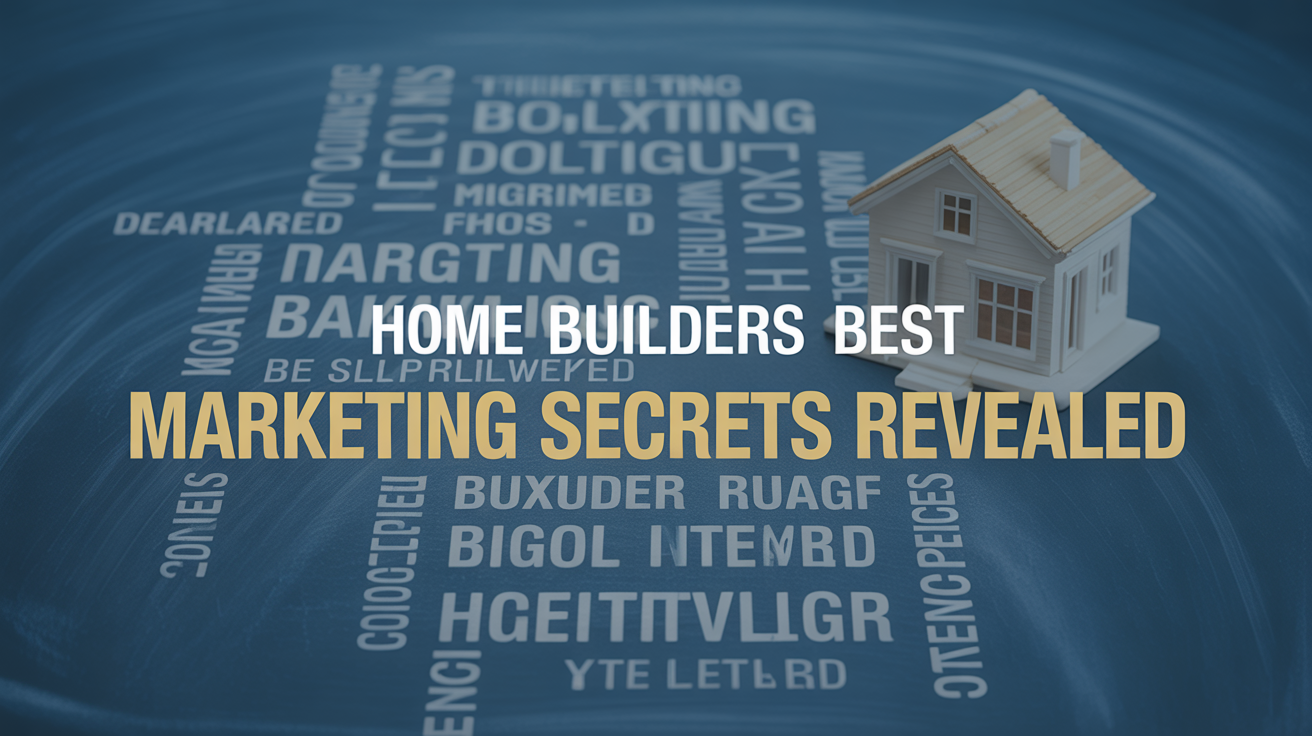Introduction
CRM for Home Builders Benefits are no longer optional for builders who want predictable growth. A modern CRM turns scattered leads, slow follow up, and fragmented communication into consistent sales, faster closings, and better client experiences. For home builders in North America, the result is measurable: higher win rates, fewer lost deposits, and happier referral-ready clients.
CRM for Home Builders Benefits: Key Gains
1) Centralize leads and shorten sales cycles
- Capture leads from your website, paid ads, and listing portals into one place. This eliminates spreadsheet chaos and prevents opportunities from slipping through the cracks.
- With automations and lead scoring, your sales team focuses on highest-value prospects first.
Example impact: CRM workflows and lead routing reduce response times and increase conversion rates, which is critical when buyers expect fast replies.
2) Improve forecasting and pipeline visibility
- See where every prospect sits in the sales funnel, forecast near-term closings, and plan materials and crews with confidence.
- Real-time dashboards remove guesswork when deciding whether to run a promotion or adjust marketing spend.
3) Increase marketing ROI, including paid ads and SEO
- Track the exact source of each lead, so you know which paid campaigns and organic pages generate profitable buyers. Use that data to shift ad spend to the best performing channels.
- Integrate CRM data with landing pages and content to improve organic conversions and make SEO efforts measurable.
4) Deliver a better client experience with fewer handoffs
- Use shared timelines, client portals, and automated status updates to keep buyers informed during construction.
- Reducing email and phone ping-pong saves thousands of hours over a building season and increases referral likelihood.
5) Tighten handoff between sales and operations
- A purpose-built builder CRM carries client data from estimate to contract to job schedule, so nothing needs to be rekeyed when a lead becomes a job.
- That continuity reduces errors, speeds start dates, and improves on-time delivery.
6) Measure profitability at the customer and model level
- Tag leads by product line, lot, or model to see which homes are most profitable and which marketing paths produce the best margin.
- Use those insights to optimize spec choices, standard options, and promotional offers.
Real-world evidence and resources
- Industry-focused platforms show measurable impact. See the Buildertrend case study where The Bridge Group used a construction CRM to double sales in a multi-year period: Buildertrend case study: The Bridge Group.
- Independent research on CRM returns shows CRM still delivers strong ROI, with long-term studies from Nucleus Research describing multiyear payback and consistent value from productivity gains and process automation: Nucleus Research CRM ROI insights.
- For marketing alignment and CRM-driven performance numbers, HubSpot’s marketing and CRM research highlights how CRM use correlates with higher marketing effectiveness and automation adoption: HubSpot Marketing Statistics.
How CRM connects to your service stack (SEO, Paid Ads, Design, Video)
SEO and content
- Use CRM lead source data to identify high-converting pages and replicate their structure. Sync landing page forms directly to your CRM to improve lead capture and attribution.
Paid ads
- Send ad clicks to CRM-tagged landing pages and track cost per closed sale, not just cost per lead. That shifts budgeting from vanity metrics to business outcomes.
Graphic design and video editing
- Create personalized sales assets. Use CRM segments to produce targeted design and video assets for specific buyer personas, neighborhoods, or spec homes.
- Host progress videos and client walkthroughs (private or public) and link them to client records for a better handoff and marketing reuse. See CoConstruct guidance for sharing home progress videos with clients: CoConstruct video sharing guide.
Implementation checklist for home builders (practical steps)
- Define outcomes, not features. Decide whether your priority is faster closings, better forecasting, or improved referral rates.
- Map your current lead sources and data fields, then connect them to the CRM intake form.
- Build 2 to 3 automated follow-up sequences for unqualified, hot, and nurturing leads.
- Integrate with your calendar, project management, and accounting systems so data flows when a lead becomes a job.
- Train a single admin to run reporting cadence and keep the CRM clean.
Platform selection: what to look for
- Purpose-built builder features, such as customer portals, selections management, and bid-to-job handoff.
- Reliable lead capture and ad attribution.
- Mobile access for salespeople and field teams.
- Strong reporting and forecasting tools.
Popular platforms used by builders include Buildertrend and CoConstruct, both of which combine CRM with project and client management features. Explore Buildertrend demos and case examples to see how these features map to builder workflows: Buildertrend full demo and resources.
Case study highlight
- The Bridge Group, a contractor focusing on senior living, used an integrated construction CRM to streamline lead follow up and carry prospects into active projects. That continuity and improved client communication contributed to a doubling of sales over a multi-year span, showing how CRM plus disciplined processes produces business-level outcomes. Read the full case study on Buildertrend’s site: The Bridge Group story.
Quick wins for MVP_BUILT stage businesses
If you are in the MVP_BUILT stage and testing product market fit, prioritize these quick wins:
- Implement a single intake form that feeds the CRM, so every inbound lead is recorded.
- Automate a fast response SMS or email to every lead, then follow with a scheduled call.
- Track source-to-close so you know which experiments to scale and which to kill.
These actions create a feedback loop for marketing and sales that accelerates learning without heavy tooling overhead.
Common pitfalls to avoid
- Overconfiguring the CRM before processes are stable.
- Letting multiple systems duplicate lead records, which creates confusion.
- Not training the team. The tool is only as good as adoption and data hygiene.
Conclusion and next steps
A well implemented CRM is a multiplier for home builders in North America. It turns marketing signals into predictable revenue, gives operations the visibility to plan ahead, and improves client satisfaction through clearer communication. Start with clear outcomes, connect your ad and SEO data, and pick a builder-focused platform that supports handoffs from sales to project delivery.










